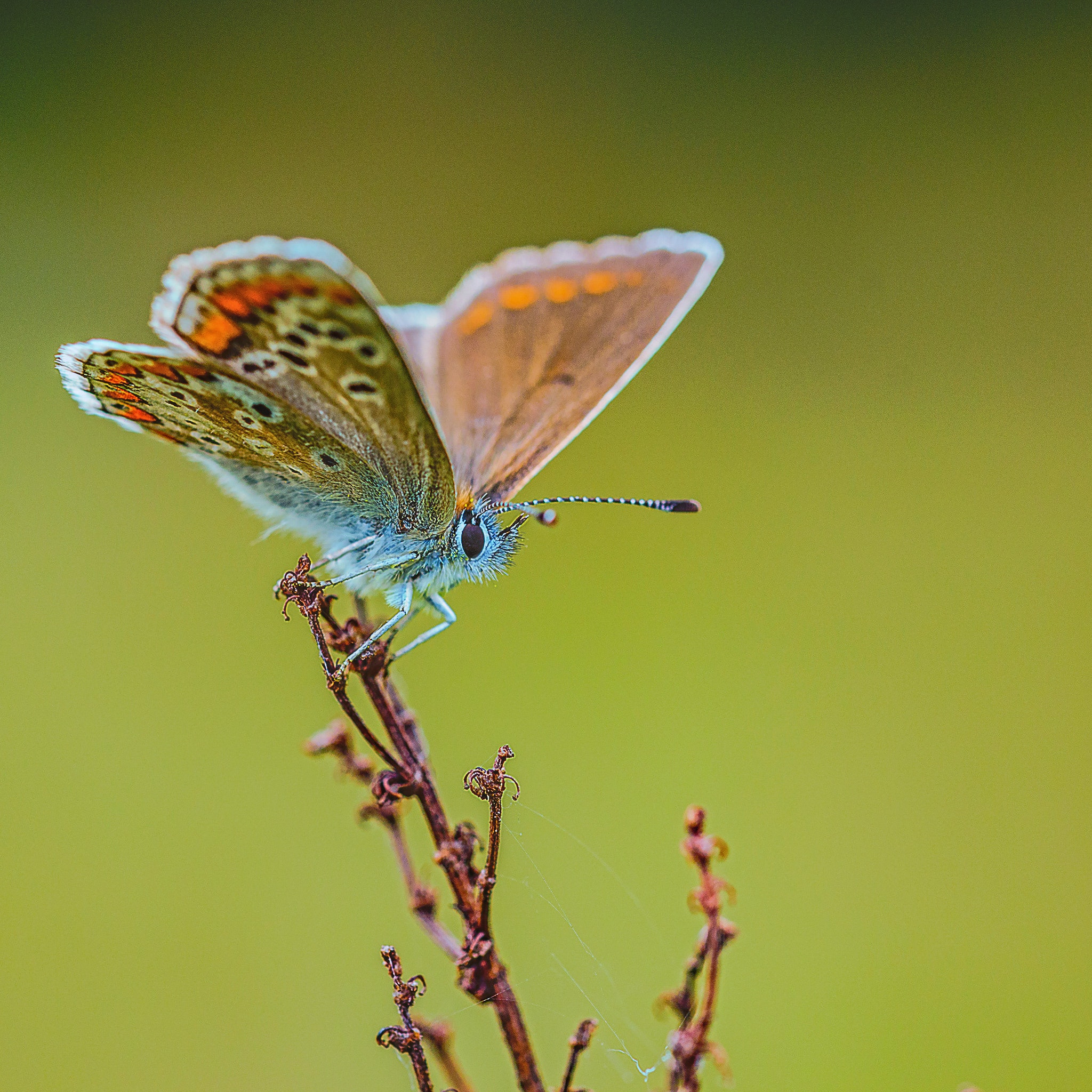
Climate Change Threatens Small-Winged And Lighter Colored Butterflies
A new study has found that butterflies with small wings or lighter colors are at a greater threat from climate change than other butterflies.
Researchers at the University of Cambridge have been studying butterflies in tropical areas. What they discovered is that the family, wing length and wing color of the butterflies influence their ability to withstand climate change and the accompanying temperature increases.

On July 12, the results of their study were published in the Journal of Animal Ecology in a paper titled: “Tropical butterflies use thermal buffering and thermal tolerance as alternative strategies to cope with temperature increase.”
According to the study, butterflies with larger and darker wings are likely to fare better with climate change, but only to an extent.
Butterflies with smaller and lighter-colored wings were found to adapt to warmer temperatures worse than their larger-winged dark-colored counterparts.

You can probably imagine that it’s tricky to take a butterfly’s temperature, but scientists have done it, and they used that information to see how hot a butterfly can withstand before it’s unable to function any longer.
According to a press release from the University of Cambridge, lead study author Esme Ashe-Jepson said:
“Butterflies with physical characteristics that may help them to avoid the sun’s heat, like having large wings that enable them to fly quickly into shade, rarely experience high temperatures, and so have not evolved to cope with them. On the other hand, species which can cope with higher temperatures physiologically have experienced less selective pressure to evolve heat-avoiding behaviors.”

She went on to say, “As temperatures continue to rise, and forest fragments get smaller and further apart because of deforestation, butterflies which rely on their surroundings to avoid high temperatures may not be able to travel between forest fragments, or cope with increasingly common heatwaves.”
While the press release noted that climate change will likely impact all insects, the study specifically focused on understanding butterflies better.
Ashe-Jepson said, “Ultimately all insects, including butterflies the world over, are likely to be affected by climate change. Adaptation to climate change is complex and can be impacted by other factors, such as habitat destruction. We need to address these two global challenges together.”

The researchers with the University of Cambridge are hoping to use this information to identify species of butterflies whose survival is particularly under threat from climate change. Recognizing the most vulnerable species can result in better action plans to save those species before it’s too late.
The Ozone Layer Treaty has delayed the first ice-free Arctic summer by up to 15 years. Take action and support this agreement for a sustainable future by signing this pledge.